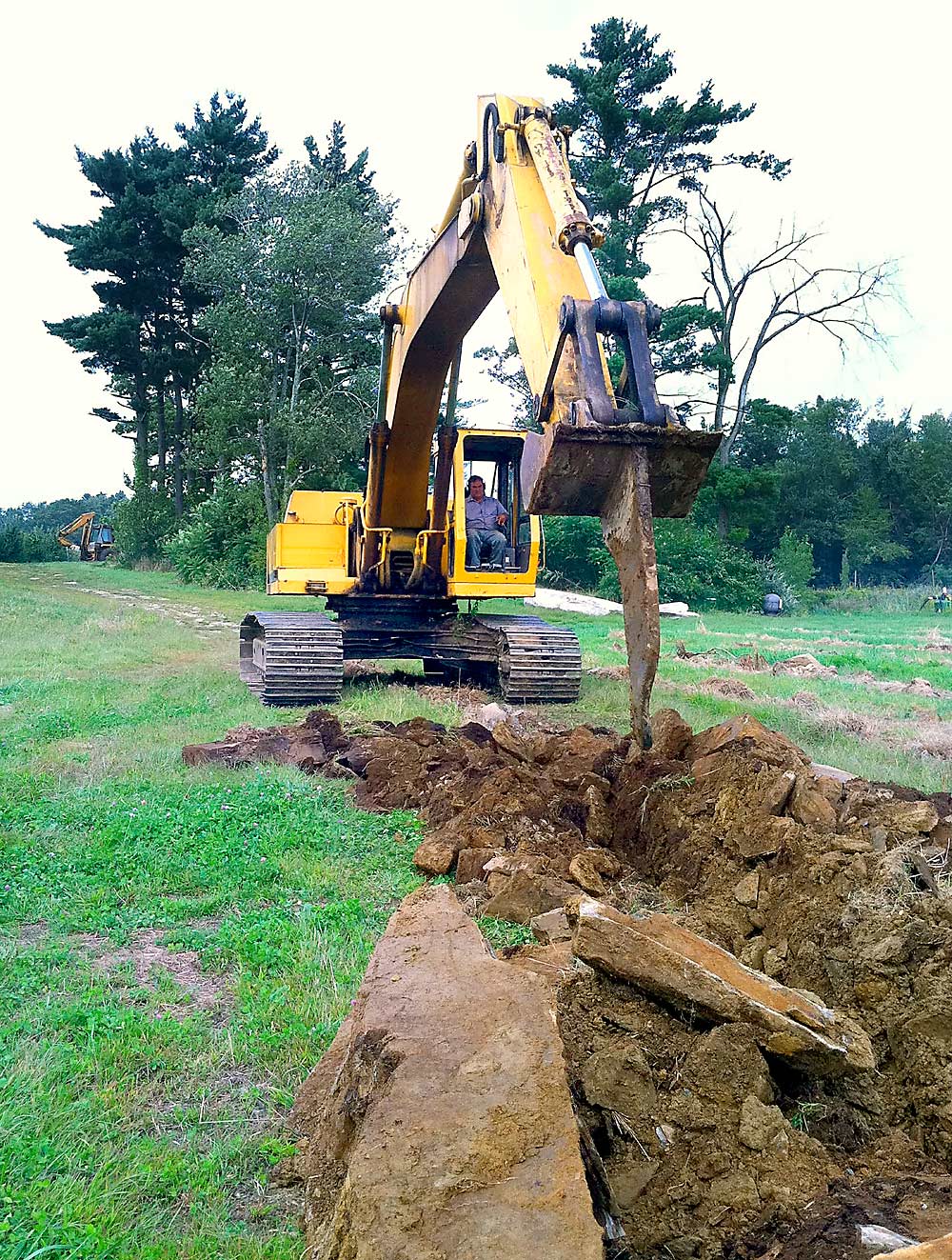
If you want healthy, productive, profitable blocks of apple trees, you need to plan years ahead. Prepare your soil properly. Take plenty of time to order the right rootstocks for your soil and climate. And choose varieties you know are going to sell.
The worst thing you can do is rip out an old block and replant the very next spring. That’s a recipe for soil health problems and struggling rootstocks, said Win Cowgill, a horticulture consultant and retired Rutgers University professor. Cowgill led a panel on orchard establishment at the International Fruit Tree Association’s 65th annual conference in Hershey, Pennsylvania, in February. Three growers also shared tips.
To ensure higher-quality trees, lock in your nursery orders two or three years ahead of planting. You want rootstocks that are virus-resistant, replant-tolerant and, for Honeycrisp, that help control bitter pit. In the Mid-Atlantic region, Budagovsky 9 and Geneva 11 generally don’t have enough push for Honeycrisp. G.41 has bitter pit issues and is a “little shy on early fruit set.” G.935 has enough push, but it might have some virus problems. G.30 and G.969 both look pretty good for Honeycrisp and EverCrisp, though the former rootstock might be hard to find right now, Cowgill said.
Before the new trees are planted, control perennial weeds with preemergent herbicides in late summer or early fall. Once the trees are in the ground, paint the trunks white, or place a tree guard around them, to protect them from winter injury, Cowgill said.
Grower Marshall Saunders discussed the challenges of planting new orchards in the foothills of central Virginia’s Blue Ridge Mountains, which are subject to erosion. Terracing the hillsides helps, but it adds to the labor bills. Flat land in the area is limited, however, so they do what they have to do. The “sweet spot” for planting trees on the hillsides is 800 to 1,400 feet above sea level. Any lower and they typically lose fruit to frost, he said.
Saunders’ family plants cover crops immediately after orchard removal, to help prevent erosion. They typically plant barley in fall and winter, followed by sudangrass in spring. In August, they plant biofumigants, mostly mustard blends, at 10 pounds to the acre. Sixty days later, once the mustard reaches peak biomass and starts to bloom, they incorporate it into the soil. When the new orchard is ready for planting, they plant fescue in the row middles as another way to prevent erosion, he said.
Good farmland is scarce in populous New England, so when New Hampshire fruit and vegetable grower Trevor Hardy rips out an orchard, he plants vegetables or strawberries the next season. But even commercial crop rotations can be a good way to assess soil health. If he finds phytophthora in cucurbits, for example, he might wait longer to replant that field, he said.
Before replanting an orchard, Hardy and his crews repair the soil and fix any drainage issues. They take off the topsoil layer, remove boulders in the subsoil, install drainage tiles if needed, put the topsoil back on and incorporate a mix of cover crops before planting the vegetable crop. Hardy said this subsoil work is key, because “rocks are our best crop in New England.” He mentioned a 10-acre block that needed 42 dump-truck loads to remove all the boulders.
Hardy said planting trees correctly can save you all kinds of trouble down the road. After he and his crews plant the first row, they stop to make sure the trees are at the correct depth, and they adjust the planter if needed. Workers follow after the planter, adjusting tree heights and flattening soil. It’s a lot of labor, but planting is the time to spend on labor, he said.
They wet the newly planted trees, and if any have sunk too far, due to a void at the bottom of the root zone, they adjust them the next day. They erect trellises after planting and tie trees to wires as quickly as possible. Hardy uses concrete posts that his farm supply company imports from Italy. Concrete posts are stronger and can be inserted in the ground faster than wooden posts, he said.
“I’m not going to plant those trees if I don’t have supplies on hand,” Hardy said. “I can wait a month or two.”
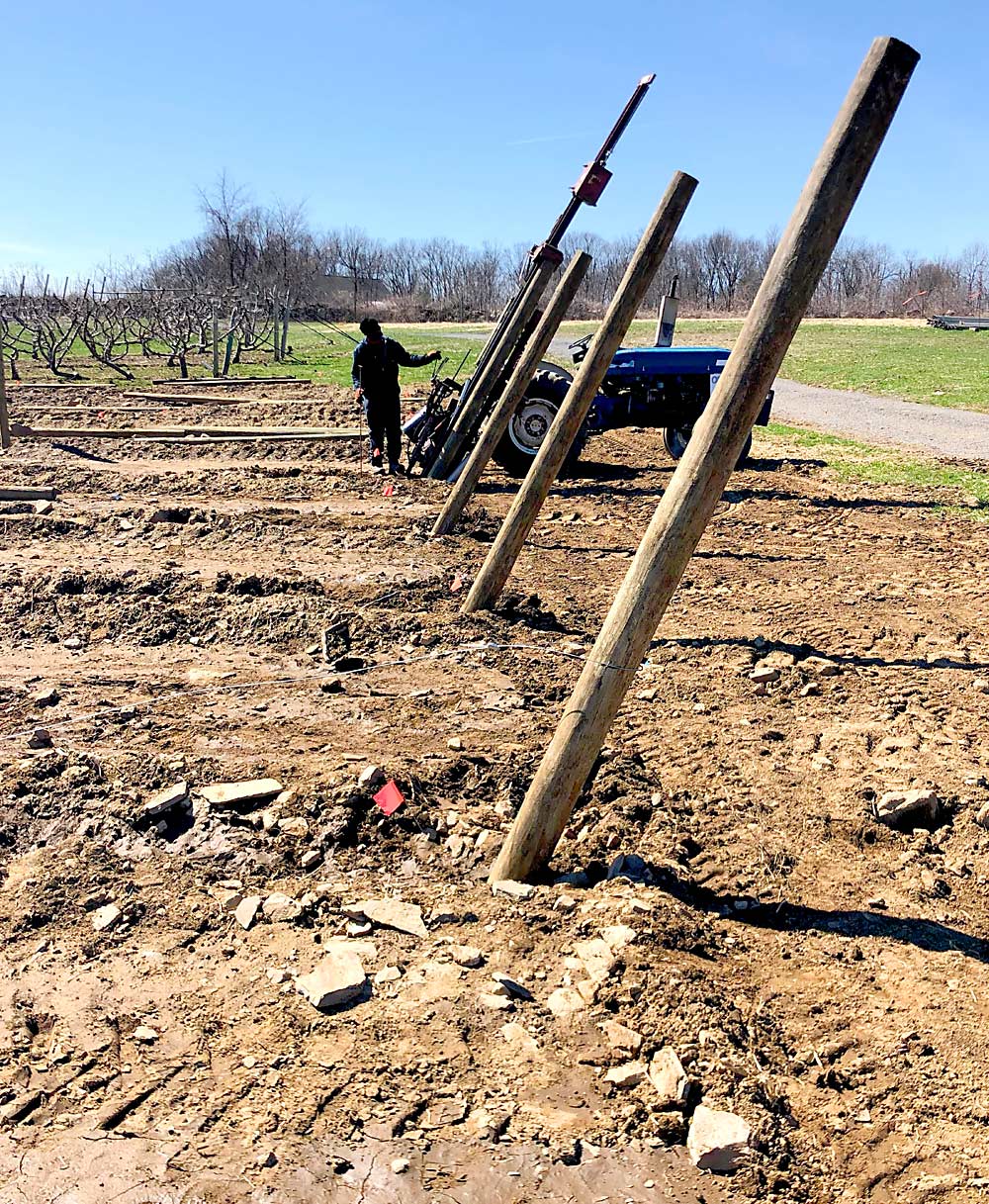
Rock removal is a major challenge for Massachusetts grower Andre Tougas, too, requiring a significant investment in heavy equipment.
“We have some fine sandy loam soil mixed in with our rocks,” Tougas said.
After rock removal, the Tougas family incorporates compost into the soil with rototillers, then rips planting strips with a middle buster plow. They’ve switched from using a mechanized tree planter to planting by hand. When planting trees 2 or 3 feet apart, the planter breaks too many roots and compresses the soil too much, he said.
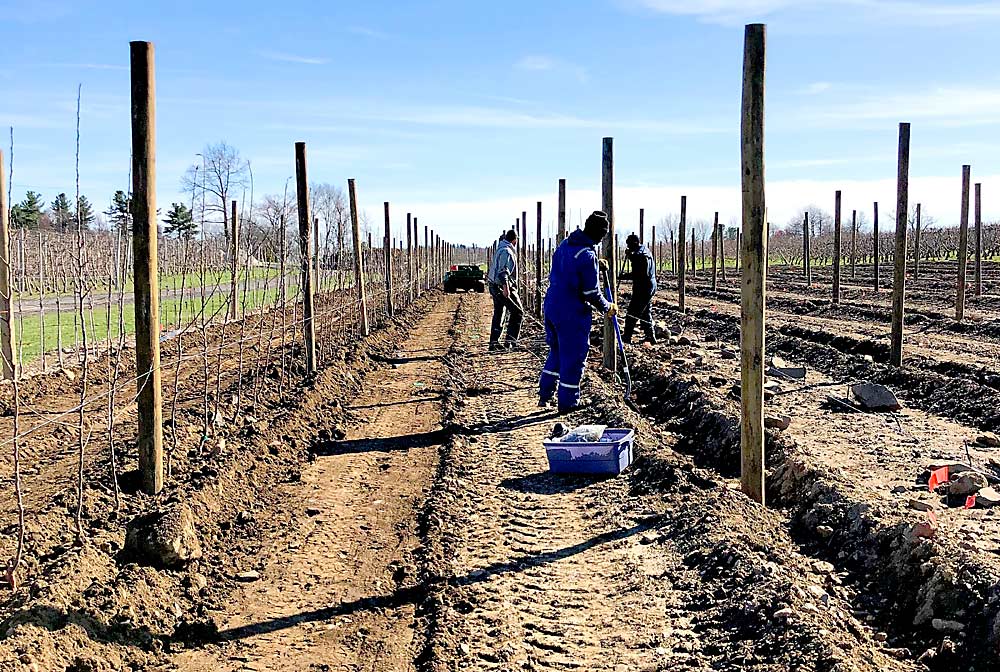
They install trellises before the trees are planted, or soon after. The trellises are 9 feet tall, with posts 4 or 5 inches in girth and wires about 30 inches off the ground. They’ve switched from wooden anchors, which rot at the soil line, to metal channel iron anchors, which are much more difficult to remove, Tougas said.
After planting, workers remove feathers greater than 50 percent of the trunk size, bend the rest down, pinch off flower clusters by hand and apply copper and fertigation. In year two, they pinch off flower clusters in the upper leaders to encourage faster growth and prune large branches, he said.
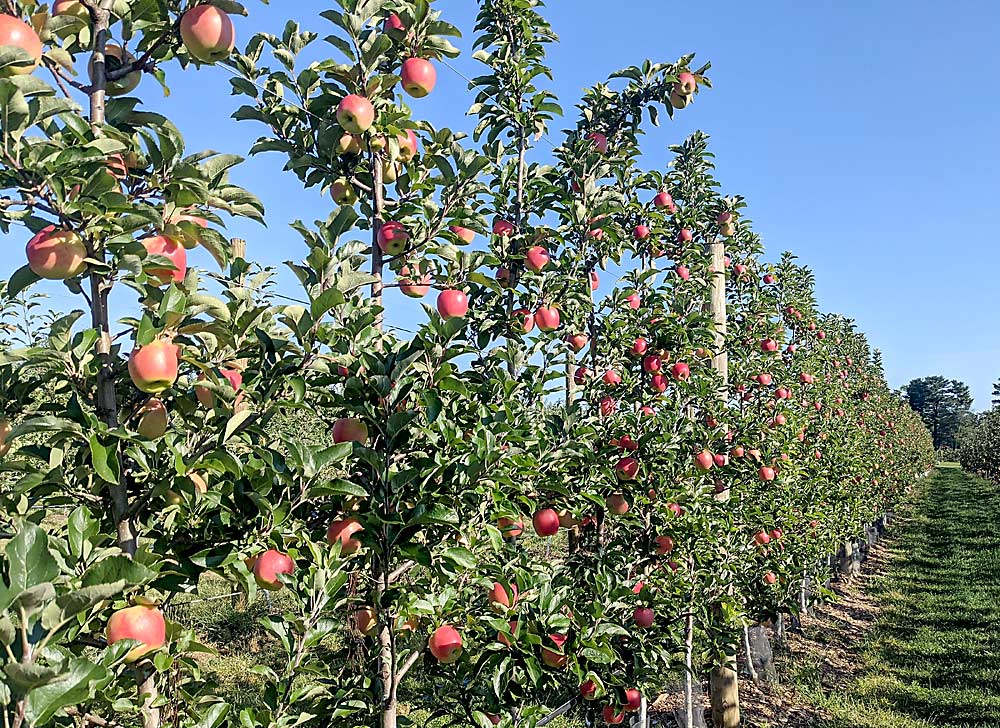
Tougas hasn’t quite found the perfect rootstock/variety combination for his location. G.41 does well in replant situations, and gives smaller-fruited varieties such as Ambrosia and Gala “fantastic size,” but it might be too strong for a biennial bearer like Aztec Fuji, he said. G.935 is very vigorous, but he hopes a new double-leader planting will spread out the vigor. Tougas also hopes to pair Honeycrisp with Bud.10, G.11 and new Geneva rootstocks.
—by Matt Milkovich

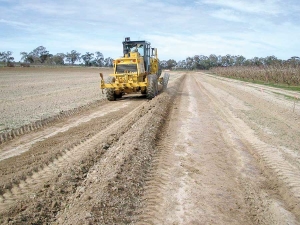





Leave A Comment